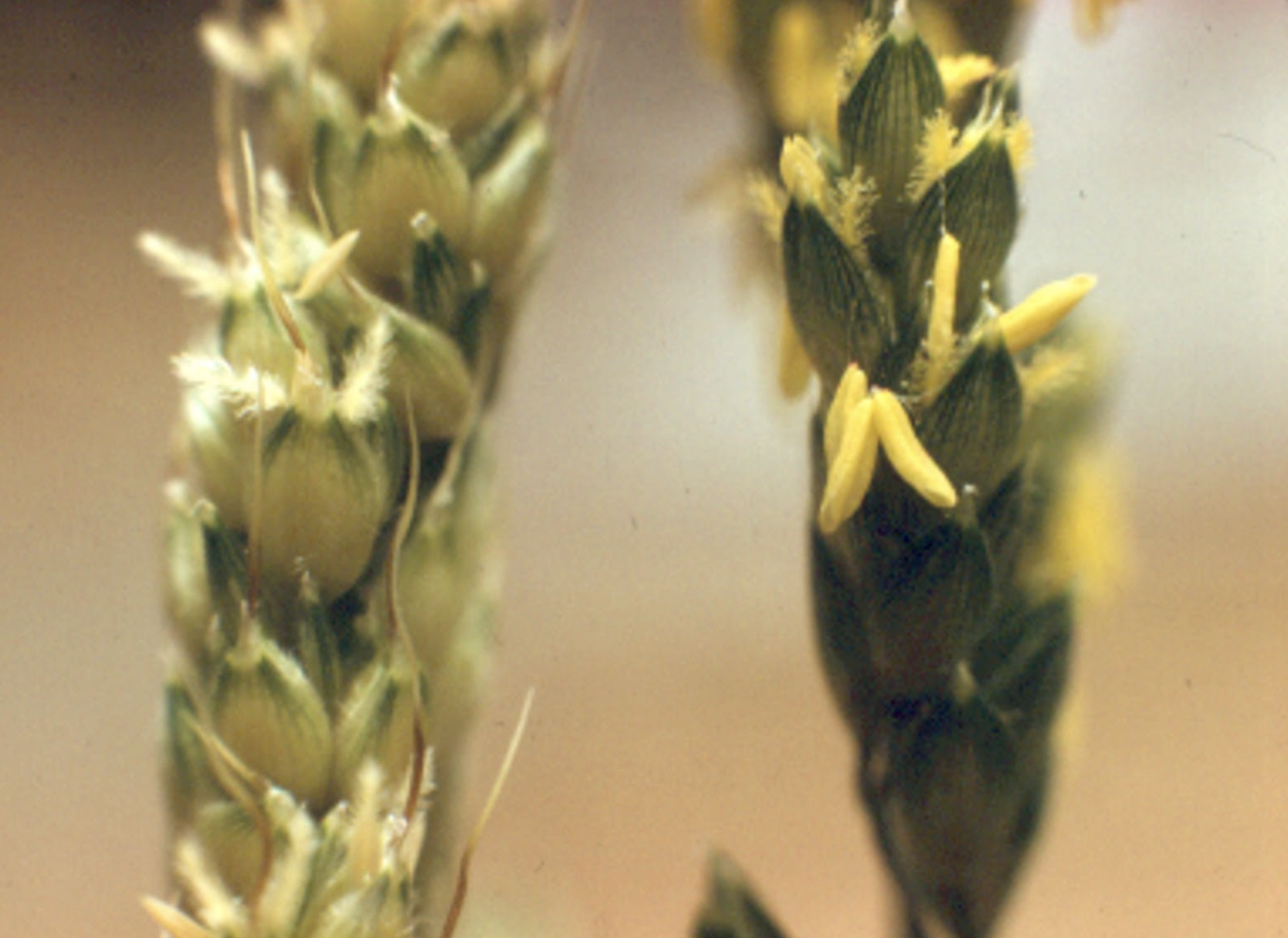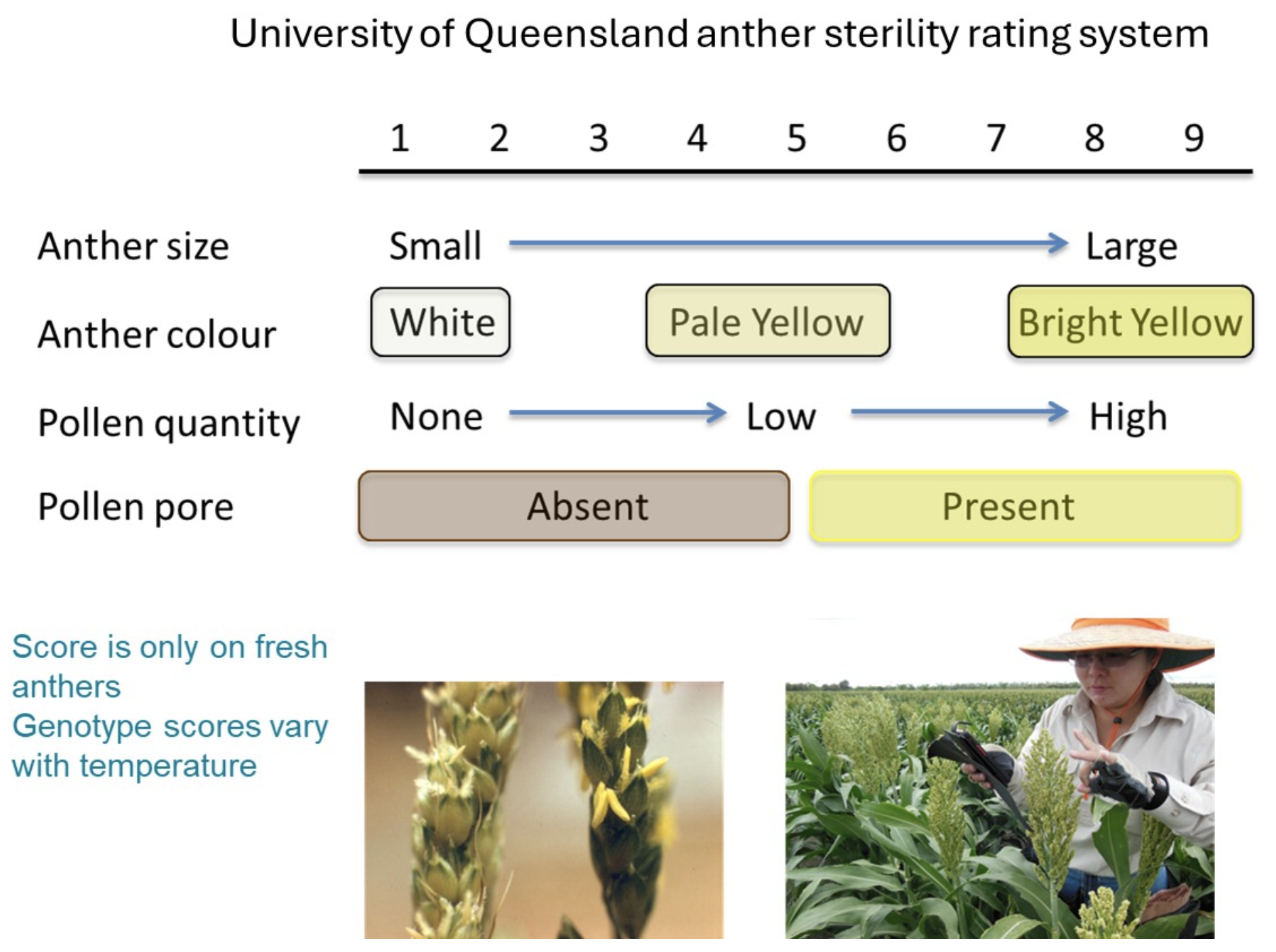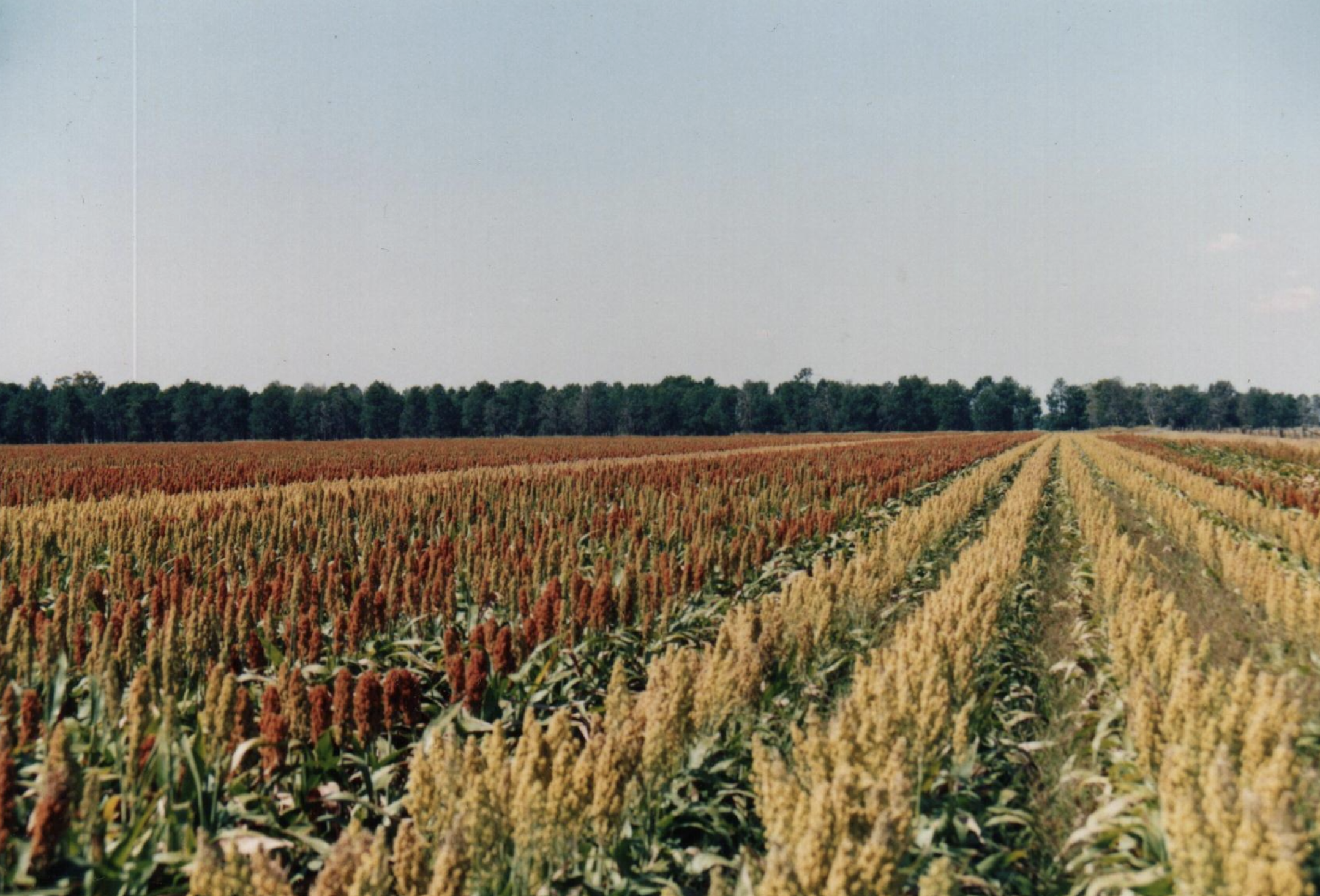Partial fertility in sorghum cytoplasmic male sterile lines is a complex, environmentally sensitive quantitative trait controlled by many minor-effect loci, which constrains genetic diversity in female parent lines and poses a major challenge for hybrid breeding.
Despite its critical role in hybrid seed production, the genetic control of partial fertility in CMS sorghum remains poorly understood. As temperatures rise, the incidence of partial fertility is increasing, imposing significant and growing economic costs on seed companies, while also constraining the potential for continued genetic gain in the crop. – Jordan
Cytoplasmic male sterility (CMS) systems are widely used in sorghum hybrid breeding, where sterility arises from mitochondrial gene products that disrupt normal pollen development and fertility restoration is typically governed by a small number of major nuclear restorer genes. However, sorghum breeders face a persistent challenge with partial fertility, a phenomenon in which CMS lines produce some viable pollen, particularly under high temperatures at flowering. Unlike fertility restoration, which is controlled by major Rf genes, partial fertility is largely governed by minor-effect loci with complex environmental interactions. This trait is problematic for commercial seed production because self-pollination in female parent lines compromises hybrid purity and renders seed unsaleable. Identifying and excluding partial fertility genes is challenging since the phenotype only becomes evident when sterile cytoplasm is introgressed into new female lines, and expression varies with environmental conditions. Consequently, substantial breeding effort is required to ensure the stability of sterility in CMS-based hybrid systems.
In this study, researchers from The University of Queensland, USDA-ARS, The University of Western Australia, Hermitage Research Facility, Gatton Research Station and Agricultural Genomics Institute conducted genome-wide association mapping on 2,049 CMS lines grown across six high-temperature environments, generating ~20,000 fertility observations. Results revealed that partial fertility is a quantitative trait, with 43 significant QTL detected and broad-sense heritability of 0.8, indicating strong but complex genetic control. Candidate gene analysis showed overlap with anther-expressed fertility genes from sorghum and rice, implicating pathways involved in carbohydrate metabolism, meiosis, DNA repair, and anther development. Importantly, partial fertility appears to be driven by multigenic networks rather than subfunctional restorer-like genes. The large number of loci involved, coupled with environmental sensitivity and dosage effects, helps explain the reduced genetic diversity observed in female parent lines relative to male lines. These findings suggest that the genetic architecture of partial fertility constrains sorghum hybrid breeding, and that genomic prediction approaches may be necessary to balance the introduction of new variation while preserving stable sterility.
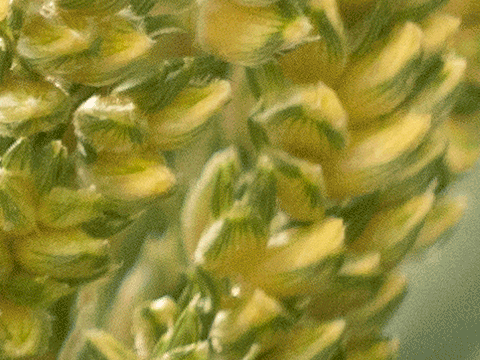
SorghumBase examples:
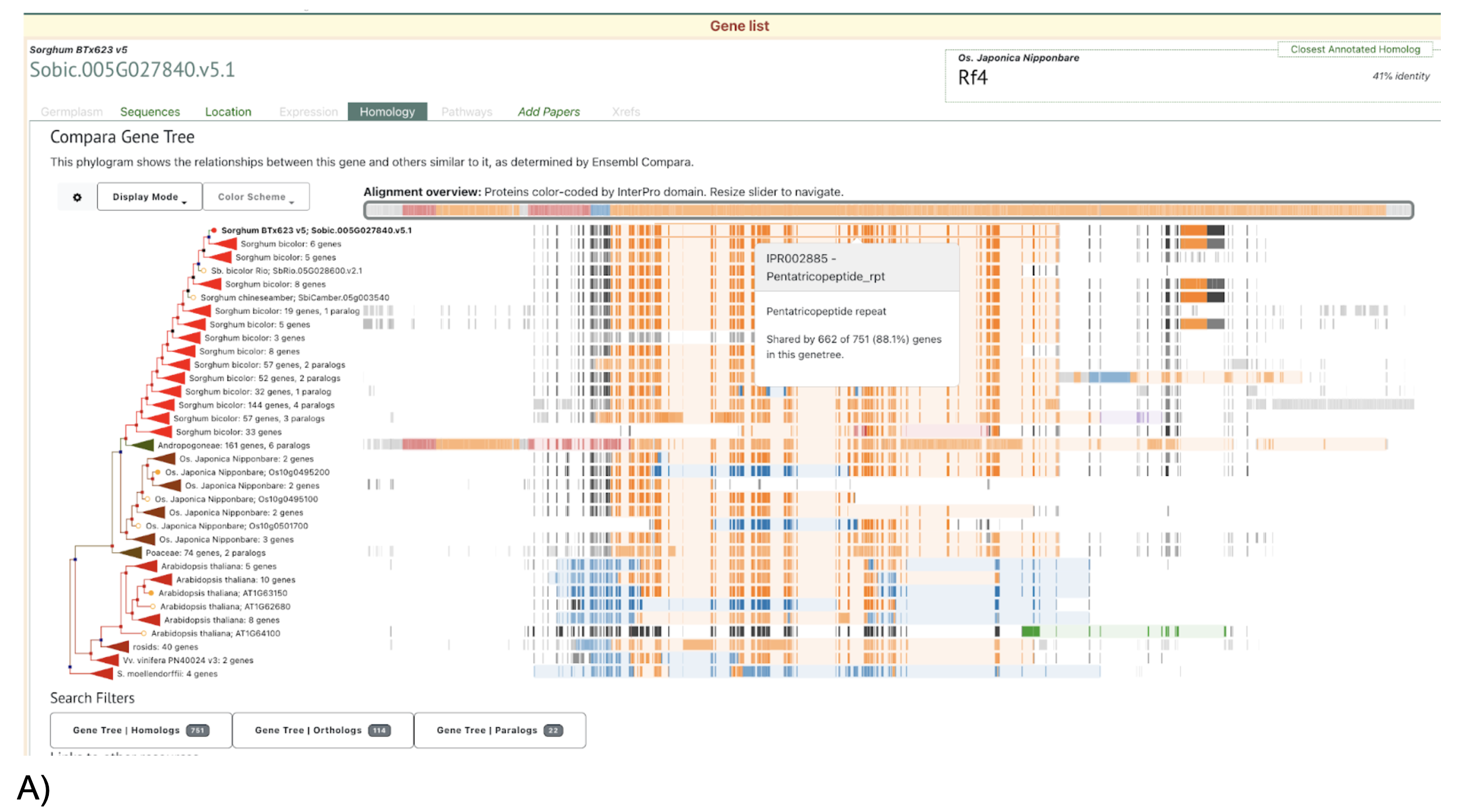
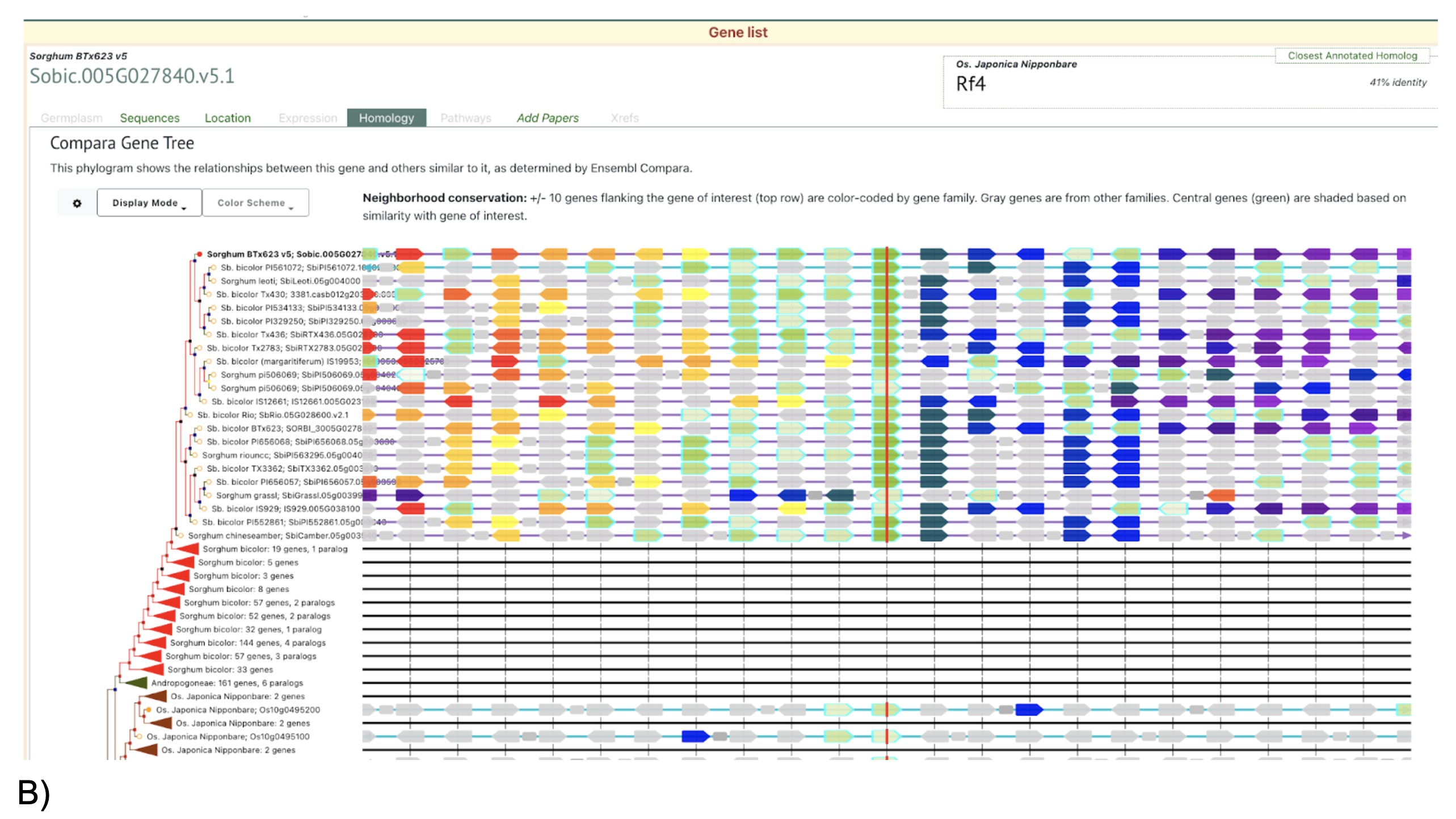
https://sorghumbase.org/genes?idList=Sobic.005G027840.v5.1
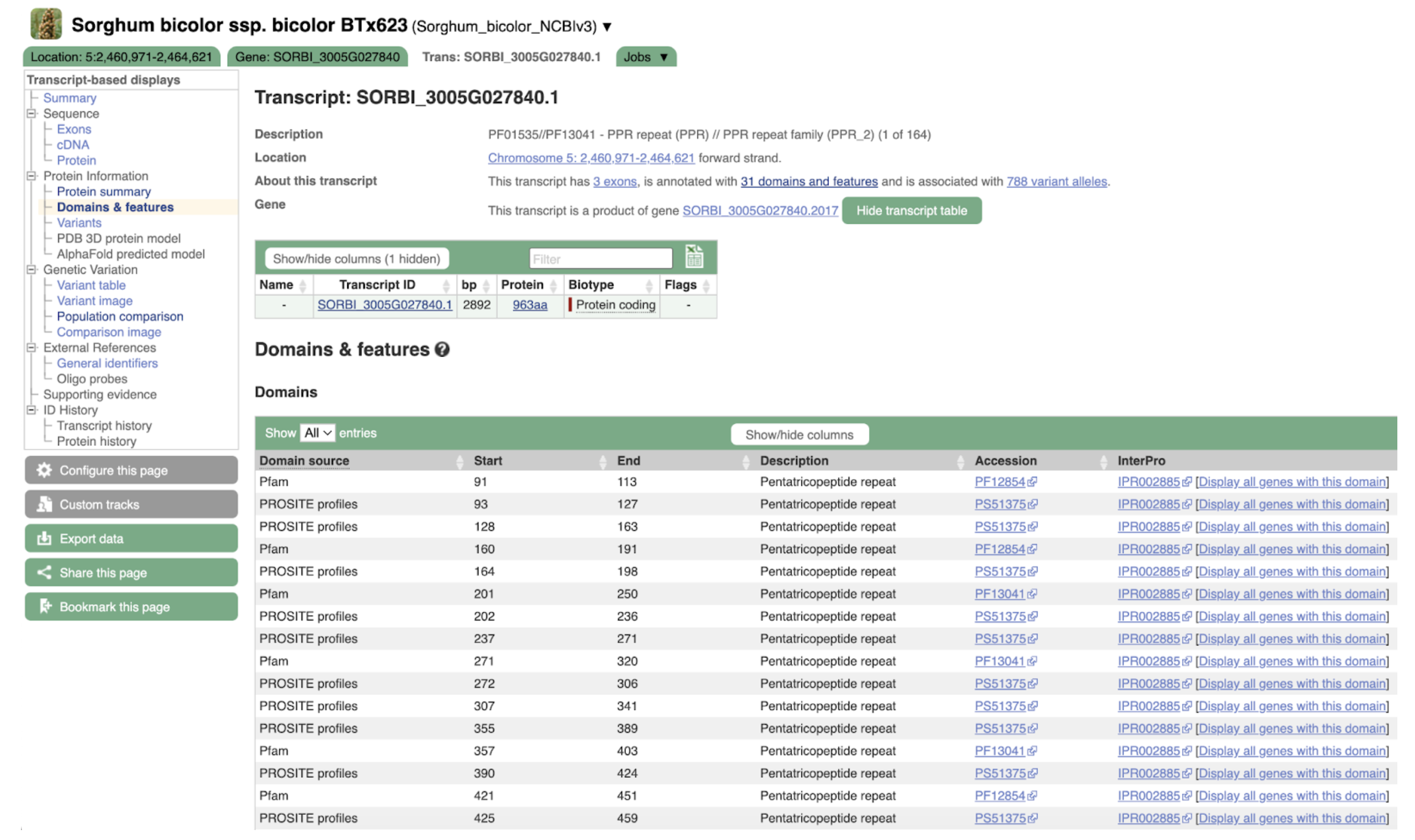
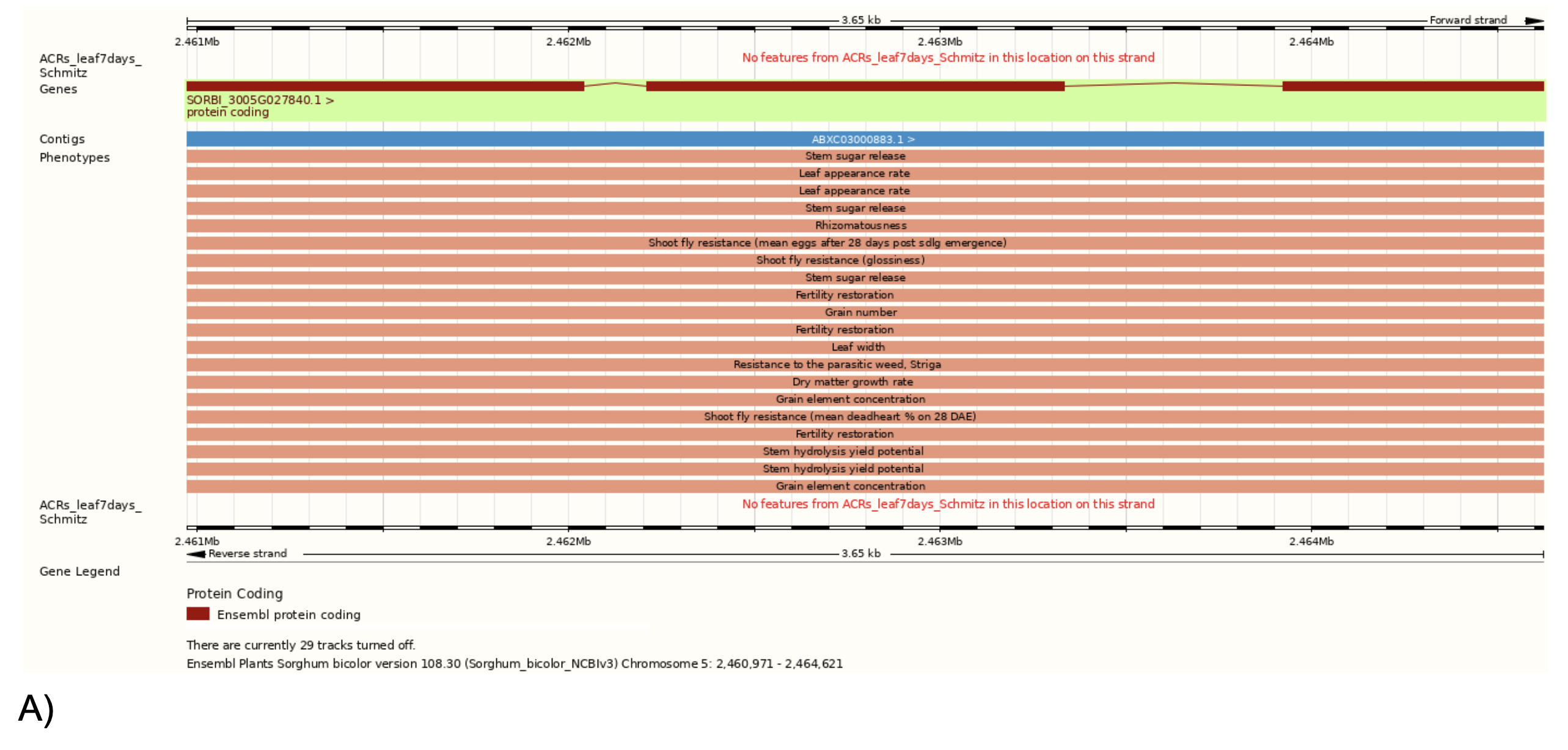
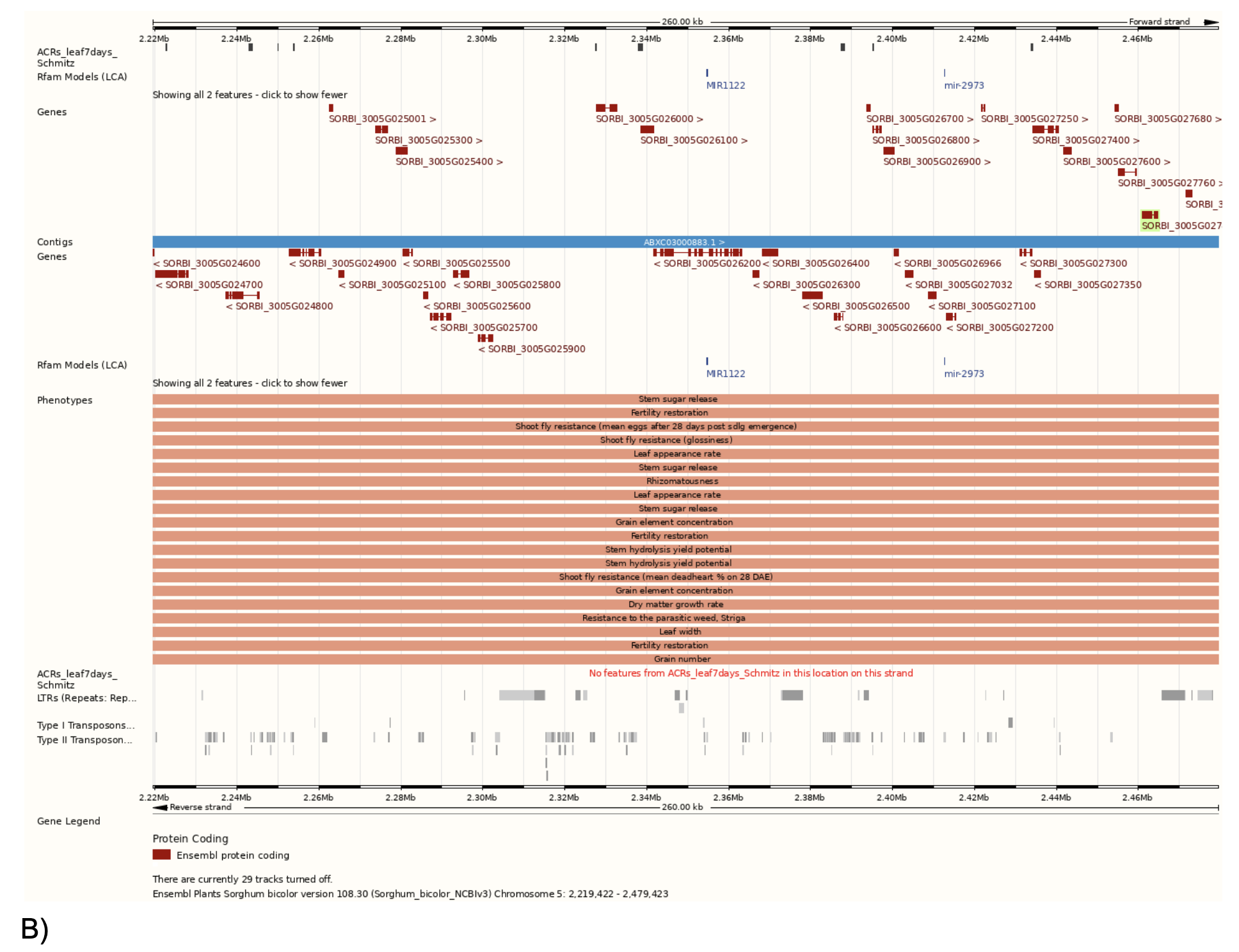
https://ensembl.sorghumbase.org/Sorghum_bicolor/Location/View?db=core;g=SORBI_3005G027840;r=5:2460971-2464621;t=SORBI_3005G027840.1
Reference:
Jordan DR, Klein RR, Melonek J, Small I, Cruickshank A, Bradburn L, Malory S, Tao Y, Hathorn A, Hunt CH, Amenu LT, Mace ES. The genetic architecture of temperature-induced partial fertility restoration in A1 cytoplasm in sorghum (Sorghum bicolor (L.) Moench). Theor Appl Genet. 2025 Jul 2;138(7):170. PMID: 40601001. doi: 10.1007/s00122-025-04946-4. Read more
Related Project Websites:
- Queensland Alliance for Agriculture and Food Innovation website: https://qaafi.uq.edu.au/
- Emma Mace’s web page: https://aussorgm.org.au/people/dr-emma-mace/
